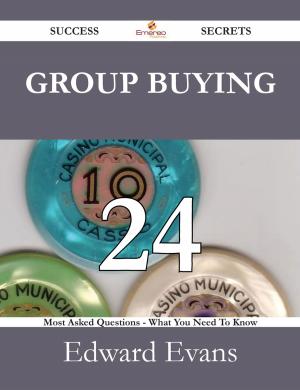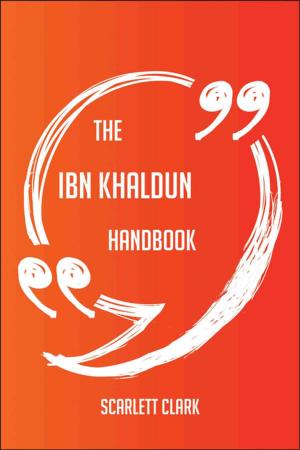Constantinople - The Story of the Old Capital of the Empire - The Original Classic Edition
Nonfiction, Reference & Language, Reference, Fiction & Literature| Author: | William Holden Hutton | ISBN: | 9781486496921 |
| Publisher: | Emereo Publishing | Publication: | March 13, 2013 |
| Imprint: | Emereo Publishing | Language: | English |
| Author: | William Holden Hutton |
| ISBN: | 9781486496921 |
| Publisher: | Emereo Publishing |
| Publication: | March 13, 2013 |
| Imprint: | Emereo Publishing |
| Language: | English |
Finally available, a high quality book of the original classic edition of Constantinople - The Story of the Old Capital of the Empire. It was previously published by other bona fide publishers, and is now, after many years, back in print.
This is a new and freshly published edition of this culturally important work by William Holden Hutton, which is now, at last, again available to you.
Get the PDF and EPUB NOW as well. Included in your purchase you have Constantinople - The Story of the Old Capital of the Empire in EPUB AND PDF format to read on any tablet, eReader, desktop, laptop or smartphone simultaneous - Get it NOW.
Enjoy this classic work today. These selected paragraphs distill the contents and give you a quick look inside Constantinople - The Story of the Old Capital of the Empire:
Look inside the book:
Sophia that glitters above the closely packed houses, till you turn the point which brings you to the Golden Horn, crowded with shipping and bright with the flags of many nations; or even if you come overland by the sandy wastes along the shore, looking across the deep blue of the sea to the islands and the snow-crowned mountains of Asia, till you break through the crumbling wall within sight of the Golden Gate, and find yourself at a step deep in the relics of the middle ages; you cannot fail to wonder at the splendour of the view which meets your eyes. ...Byzantine coins go back as far as the fifth century B.C., and there were in the early Middle Ages many surviving memorials of pre-Christian times; of these there are now left only the striking Corinthian column standing on a high granite base in the garden of the old Seraglio, which almost certainly commemorates a victory of the Emperor Claudius Gothicus, some parts of the foundations of the Hippodrome, an inscription in the Doric dialect which formerly stood in the Stadium, and that wonderful serpent column, which only came, it is true, to the city after Constantine rebuilt it, but which was centuries before in the temple of Apollo at Delphi.
Finally available, a high quality book of the original classic edition of Constantinople - The Story of the Old Capital of the Empire. It was previously published by other bona fide publishers, and is now, after many years, back in print.
This is a new and freshly published edition of this culturally important work by William Holden Hutton, which is now, at last, again available to you.
Get the PDF and EPUB NOW as well. Included in your purchase you have Constantinople - The Story of the Old Capital of the Empire in EPUB AND PDF format to read on any tablet, eReader, desktop, laptop or smartphone simultaneous - Get it NOW.
Enjoy this classic work today. These selected paragraphs distill the contents and give you a quick look inside Constantinople - The Story of the Old Capital of the Empire:
Look inside the book:
Sophia that glitters above the closely packed houses, till you turn the point which brings you to the Golden Horn, crowded with shipping and bright with the flags of many nations; or even if you come overland by the sandy wastes along the shore, looking across the deep blue of the sea to the islands and the snow-crowned mountains of Asia, till you break through the crumbling wall within sight of the Golden Gate, and find yourself at a step deep in the relics of the middle ages; you cannot fail to wonder at the splendour of the view which meets your eyes. ...Byzantine coins go back as far as the fifth century B.C., and there were in the early Middle Ages many surviving memorials of pre-Christian times; of these there are now left only the striking Corinthian column standing on a high granite base in the garden of the old Seraglio, which almost certainly commemorates a victory of the Emperor Claudius Gothicus, some parts of the foundations of the Hippodrome, an inscription in the Doric dialect which formerly stood in the Stadium, and that wonderful serpent column, which only came, it is true, to the city after Constantine rebuilt it, but which was centuries before in the temple of Apollo at Delphi.















